Inspiring Apples
by students at Central St Martins College
In telling stories about the apple, Apples & People has been blessed with help from some of the world’s leading apple experts – scientists, historians, artists, and growers. And throughout we have been able to draw upon the very best apple drawings and paintings, sculpture and artefacts.
Having collected such excellence in thought and eye over the last two years, we hoped that the exhibition programme would encourage people to ponder the precious relationship between humanity and this humble fruit, and between people around the globe. We also wondered if the stories could inspire new art and, to an extent, we did this though the series of small creative commissions offered to artists throughout the programme.
It was however even more heartwarming to discover a whole class of art students inspired to make art in response to Apples & People.
Central St Martins is a world-renowned arts and design college, part of University of the Arts London. A class of second year Fine Art students have produced an array of art based upon Apples & People stories. For this Journal of Apples article, David Marshall asked each student about their motivation and what they wanted to convey through their own apple artworks. It was fascinating to learn which stories resonated most with each student and to see the breadth of styles that the students used to re-interpret them.
A collective exhibition titled Slicing the Apple was displayed in a window of Central St Martins College by Kings Cross station in London in April 2023. Barnaby Barford, acclaimed artist featured in the first article in the Journal of Apples and author of The Apple is Everything, is by coincidence an associate lecturer at Central St Martins. He helped inspire the students in all things apple alongside their project tutors Sarah Cole and Margot Bannerman.
Barnaby comments “I wanted to take a moment to express how thrilled I was to see the inspiring artworks created by the students at CSM in response to the stories from the Apples & People exhibition programme. Their innovative and thought-provoking pieces demonstrate not only their artistic talents but also an ability to explore the deeper connections between humanity and the seemingly humble apple. The diverse approaches to exploring this multifaceted relationship have resulted in a remarkable collection of artworks that have enriched our understanding of this humble fruit. It is testimony to the richness of this subject matter.”
“Thank you to the CSM students for their dedication and contributions to this wonderful project, and I look forward to witnessing their continued growth as artists.”
Barnaby Barford
In reviewing each of the students’ interpretations, Barnaby pays credit to the students for responding to the Apples & People stories and hopes this encourages them to look at subject matters that they may not have previously engaged with, as a way of developing new and engaging work.
Gracie House – The Apple Biters
“Taking interest in the Cezanne’s Painted Apples story, specifically how Cezanne would ‘command his sitters to be an apple!’, after weeks of experimenting with the relation of humans and apples, I decided to use oil paints, my preferred medium, and paint three people biting into apples.
These are based on photographs I have taken of myself. They relate the apple to the human, and explore the simpleness of eating an apple. However the apple is not shown, which translates into some dark expressive pieces. I think this paradox of the object not being there will give the audience a chance to decide for themselves what they believe the faces are doing. Although it is included in an obviously apple themed project, it gives my work an opportunity to play around with the idea of uncertainty and give a more visceral approach towards the apple world.”
“A captivating exploration of the relationship between humans and apples. The absence of the apple in the image allows viewers to engage in a more profound contemplation of the scene. The notion of uncertainty and visceral interpretation is a fascinating concept, it certainly has a lot of potential.”
Barnaby Barford
“I thoroughly enjoyed being a part of this apple project. This topic is something which I have never and would never have explored, but it turned out to be very beneficial for my practice and a really fun topic to experiment with. My work has developed in new and exciting ways, which I’m looking forward to developing.”
Vicky Liu – Inner Power
“My work is inspired by Bringing The Apple Home. Initially, I was captivated by the calligraphy in Xincai Tan’s “Malus sieversii Ode.” I became fascinated by the evolution of Chinese characters and how they have influenced other countries and cultures. This also connects to the prevalent theme of dissemination and the evolution of breeds within the story. It has piqued my interest in the transmission of information and culture, and how they intertwine.
As an experiment, I rolled an apple covered in paint across paper to record its movement, and to my surprise, it did not show the trace that I had expected. The apple looked smooth, and I thought it would leave a flatter mark, but it actually has a lumpy surface that doesn’t appear to the naked eyes. And I made several small sculptures to amplify this chunky quality. I see it as an inner power that does not appear on the surface.
I thought through the genes and cultures that allow an apple and a country to carry a myriad of information and history. I started to feel my quality as a woman and the origins of an entity that objectively exists in this world.
“Inner Power is a beautiful blend of Chinese calligraphy, symbolism, and the lumpy qualities of apples. The way Vicky connects the history and resilience of women with the apple is thought-provoking and powerful, and the artwork conveys these messages beautifully.”
Barnaby Barford
I wanted to embody the inner power of femininity, like the history that exists behind the apple, the growth and suffering that women go through in their upbringing. This history will be the resilience that every girl has, a power that is different from the one that men, who have the majority of social dominance, can hardly feel.
I coincidentally put the ‘apples’ I had made into stockings, which reminded me of ‘bolas’, a weapon from ancient times. The lumpy surface revealed through the elasticity of the stockings also indicates the lumpy feeling that is hard to see in the apple, just as it is hard to see the injustice towards women nowadays.”
“I’m thrilled to be involved in this BA Fine Art second-year project. Throughout this process, I have gained a deeper understanding of untold stories and have had the opportunity to create a unique artwork from a specific perspective.”
Jaye Ink – William Tell’s Apple
“After going through all the fascinating stories on the website, I chose to respond to The Tale of William Tell with my artwork. I knew I was going to choose it as soon as I came across it! It’s a classic folklore story that I grew up with, not only in books but also on screen. The tale of William Tell has been frequently referenced throughout pop culture for its eclectic story and iconic symbolism.
Having decided on the story, I also knew that I wanted to make a sculpture. My sculpture explores the apple’s perspective in the story. The apple is the focal point of the tale and every depiction of it so I thought it was only fair to honour it and highlight its narrative in the story, especially for this project. The poor thing found itself caught up in a discourse about a land’s best archer.
“An homage to a classic folklore story and the apple’s role in it. Jaye’s attention to detail in creating a sculpture that represents the apple’s perspective put a smile on all our faces.”
Barnaby Barford
The sculpture is papier-mâché, my first time using this medium. The process of making it was long but rewarding. It ended up being a two-man job with my little sister Alya helping me with the proportions. We each took a side to work on to have it ready in time for the exhibition. We had an apple propped up across from where we were working and we had to keep getting up, stepping away from the apple sculpture and monitoring it from all angles to follow the progress we were making with the shape. The eyes are hand painted onto glass and I hand made the arrow as well.”
“The ‘Slicing The Apple’ project drew me in instantly. The apple is such a distinctive fruit with a remarkable journey through the ages. Being involved in this project was a truly special experience and I thoroughly enjoyed learning all about the apple -and making one.”
Tobias Carlton – Untitled 2023 Abstract Work
“The story that inspired me and my responses was Michelin and The Girls. This was due to the story highlighting the global familiarisation with the form of the apple.
Beginning with looking at the form of the apple, my first response was to attempt to recreate some of its key visual elements to familiarise myself further with such an already well known fruit. I did this by completing a small rough clay sculpture with pencil markings on, to represent shapes and the skin visible on the outer surface of the form. Once completing this experiment, I knew that I wanted to focus on the skin of the apple.
“Tobias’ abstract work takes a refreshing approach to transforming the familiar into the unknown. His mark-making designs are both captivating and innovative, and it’s evident that this project has been influential in expanding his artistic horizons.”
Barnaby Barford
My next step was to begin to create small mark making designs from the observation of peeling an apple. These designs were then significantly enlarged onto canvases to help further transform the skin of the apple into unknown. The artwork takes from this idea, using previous mark making designs to cover large areas on bright yellow material.”
“I think being involved in the Slicing The Apple project has been very beneficial for my practice. It has allowed me to focus on turning such a well-known everyday fruit into unknown abstract work. I feel that this experience has been vital to my work and will influence my practice going forward.”
Tiancheng Qiu – The Revolution of Apple
Video: The Revolution of Apple
“The story Apple Records’ Granny Smith label inspired me to think about the revolutionary meaning of the apple motif. As the story says, “Interpreted by the Beatles, the apple also came to be a symbol of independence and artistic freedom” When I first looked at the apple, I was struck by the way it has played a pivotal role in human history, from inspiring Isaac Newton’s discovery of gravity to Apple Inc.’s game-changing technological innovations. As an artist, I knew that I wanted to explore the concept of revolution through this iconic fruit. Also based on the story’s inspiration of surrealism, I began toying with the idea of an apple falling into a black hole, and as I delved deeper into my creative process, I found myself drawn to the emerging field of artificial intelligence and the software tool Midjourney as a way to bring my vision to life.
To fully capture the essence of revolution and innovation, I combined the apple with mechanical elements to create an image of the fruit as a generator.
“This exploration of the revolutionary meaning of the apple as motif is inspiring. The combination of technology and the apple as a generator symbolizes the interplay between old and new, we had an interesting conversation about AI and its place in creating art.”
Barnaby Barford
The surreal images I created were originally presented in the exhibition on a box monitor, an old-fashioned television, in a series of picture transitions, symbolizing the interplay between old and new technology and the life-giving power of the apple.
As my work developed, I used LeiaPix to make my original picture into a 3D dynamic video.
As an artist, I strive to push the boundaries of what is possible and with this work I hope to inspire viewers to rethink their perceptions of the world and the role that technology and nature can play in shaping our future.”
“During the BA Fine Art second year project I think I grew a lot from my initial ideas of painting based on impressions of an apple and had some bold imagination. It was only when I started to think deeply about how I should present my imagination and explore new things that I was pushed to present my work to the best of my ability. Discovering and using AI in a short project was for me like Newton being hit by an apple under an apple tree, but also like the pioneering spirit of the Beatles’ apple posters, pushing me to give birth to the next ‘miracle’ about apples.
I don’t think AI can replace my function as an ‘artist’ in my work, it’s no different to Photoshop for me, it’s just a tool to help me produce the ideas I have in my head. In other words, AI cannot replace the complex process of editing a video, adding video effects to it and finally playing it on a monitor in the window gallery.”
Tianqi Guo – Dehydration
“My inspirations for the Slicing the Apple project were Our Crab Apple Mothers and Apples for Sustainable Development. The poem Crab Apple Jelly and its illustration demonstrated the process of making traditional apple foods and childhood memories from the countryside, which reminded me of the dried vegetable and fruit making technique commonly seen in China villages. Apples for Sustainable Development gave me the idea to use the apple as a resource of biological material, exploring the fruit’s potential.
“Dehydration beautifully captures the essence of the project, reimagining the apple in an unusual yet striking way. The use of apple material and the symbolism of time is a poignant reflection on the apple’s journey and its parallel with human aging.”
Barnaby Barford
My work includes the technique of using apple to make paper, maximising the use of apple as sculpture. There is a tradition of drying crab apples for snacks in the northeast of China. They use cotton thread to string the apple slices together and hang them vertically to dry. I used the same technique to treat my apple material by hanging slices of apple in different shapes and arrangements. During this process I was brought back to the experience of making dry vegetables with my family when I was young. Apple means youth and freshness in many cultures, but the process of dehydration is also a representation of time. Human ageing is a similar process. I arranged the apple slices to represent Chinese calligraphy in the exhibition, which often gives people a sense of vicissitude or of calmness.”
“This project allowed me to explore apples in an unusual way, and provided an interesting experience which I really enjoyed.”
风干
我这个项目的灵感来源于苹果与人网站上的诗歌与插画《我们的海棠果妈妈》和文章《可持续发展的苹果》。插画和《海棠果果酱》向我展示了乡间制作传统苹果食物的过程和作者的童年回忆,让我想起中国农村常见的菜干果干制作方法。《可持续发展的苹果》给了我用苹果作为生物材料的想法,以探索苹果的可能性。
我的作品包含用苹果造纸的技术和最大化利用苹果来制作雕塑。我国东北也有制作沙果干零食的方法,就是用棉线把沙果干串起来后挂着风干。我使用了同样的方法,不规则地串起来形状各异的苹果片。制作的过程中我仿佛也回到了小时候和家人一起做菜干的时光。苹果在很多文化中都代表青春与年轻,但制作过程中苹果脱水同样代表了时间,就和人类变老一样。展览时我把苹果串排列的像中国书法,以达到和书法一样展示出苍劲和平静的感觉。
这个项目让我能用不寻常的方法充分探索苹果,我很喜欢这给我带来的独特的有趣体验。
Shijia Li – Death
“I was inspired by Apple Number One which recounts that in 1939 the Japanese started to study apples but it happened that in 1940 the Japanese invaded China and they had to stop studying apples. After the founding of New China in 1949 the war was over and the Japanese went back to Japan and started studying apples again. The apple seedlings had survived and became the famous Fuji apple. The story of the Fuji apple reminded me of a story in my own family.
During the Japanese invasion, my grandfather’s sister fell from a roof trying to catch sweets from the Japanese aggressors and her injuries were stitched as best they could. The medical conditions were poor and it was war time, so the stitches weren’t very good. This really stirs strong feels in me. I hate the Japanese so much right now. They still owe China an apology for their invasion of China but, even if Japan apologizes now, we can’t accept an apology on behalf of our predecessors who lost their lives in the war.
“A moving piece that draws upon a deeply personal story and history, emphasizing the importance of confronting the harsh realities even in the presence of beauty. The work is a reminder of the complex emotions that art can evoke.”
Barnaby Barford
Artist Kathleen Ryan has used glass beads to create beautiful sculptures of the rotting parts of fruit. I think we should face the bad side because the fruit will never stay fresh. Like happened with my great aunt, I used a very messy needle and thread to stitch up fresh apples. The rotting change is like death. We must face the ugly side, it shouldn’t be covered up with some fancy decoration.”
“I was very honoured to be part of the window gallery exhibition. It has been a very rewarding and interesting project. I like the freedom to express my thoughts in different media and techniques, which allows my work to communicate with the audience on different levels.”
Araminta Uncles – Fairy in an Orchard
“The apple story that inspired me the most was Queen Puabi’s apple of life. I was drawn to the symbolism of the apples and how apples are interpreted in different cultures and within the afterlife.
Although I have not chosen to directly paint an apple in my painting, I have interpreted the subject my own way by using apple colours in an abstract fairytale world. The small fairy woman’s outfit is supposed to represent apples in a whimsical orchard.”
“Araminta takes the symbolism of apples in different cultures and interprets it in a whimsical and enchanting way. The work infuses abstract elements with fairy tales which we felt was a successful avenue to explore.”
Barnaby Barford
“I have really enjoyed being part of this project, it has helped me to approach my practice in a new way by learning about these new subjects.”
Alex Free – Wassail (2023) Installation
“I was originally inspired by the story of Queen Puabi’s apple of life and Avalon: The Isle of Apples. Exploring the story of Avalon led me into researching other traditional British folklore surrounding apples. I came upon the pre-Christian practice of ‘wassailing’ where in the dead of winter groups of people would go out into the orchards to hit the apple trees with sticks and make loud noises to scare off evil spirits, giving the trees offerings of bread soaked in cider in the hope of a prosperous harvest for the following year.
I knew that I wanted to create a piece of work that reflected the earthy, grounded nature of this tradition and felt that a folk-art styling would play into this well. Breadmaking was an enjoyable learning experience and linked back to the offerings that would be made for the trees. One of my favourite aspects of the piece is the branch of living apple blossoms situated at the centre. I feel that this branch represents the cycle of the life in the sculpture because the blossoms bloomed and wilted over its time being displayed.”
“His work connects to British folklore and traditions in a deeply rooted and evocative manner. Part installation, part sculpture it felt like we were within a stage set too. Alex managed to combine these elements in an engaging way.”
Barnaby Barford
“I found this project to be a really exciting time to develop my own artistic practice as well as getting to see my classmates’ work styles and see how we can help each other develop our practices even further.”



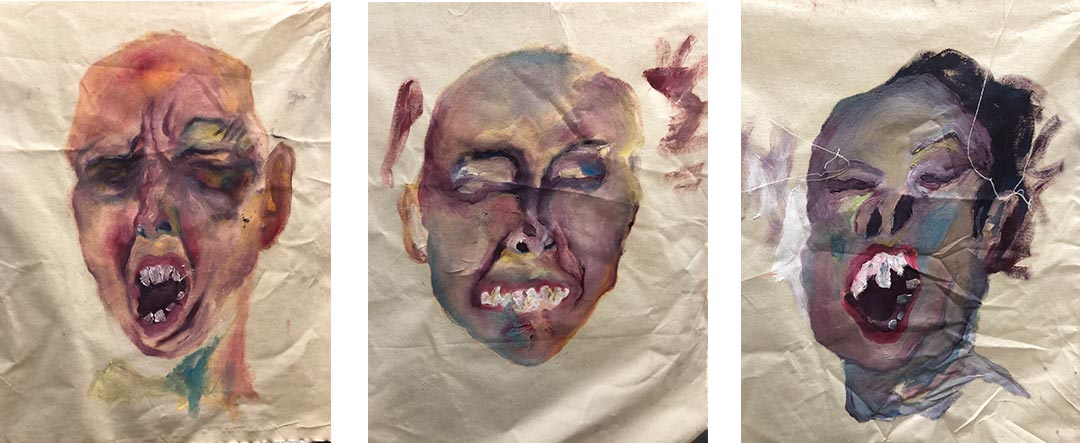
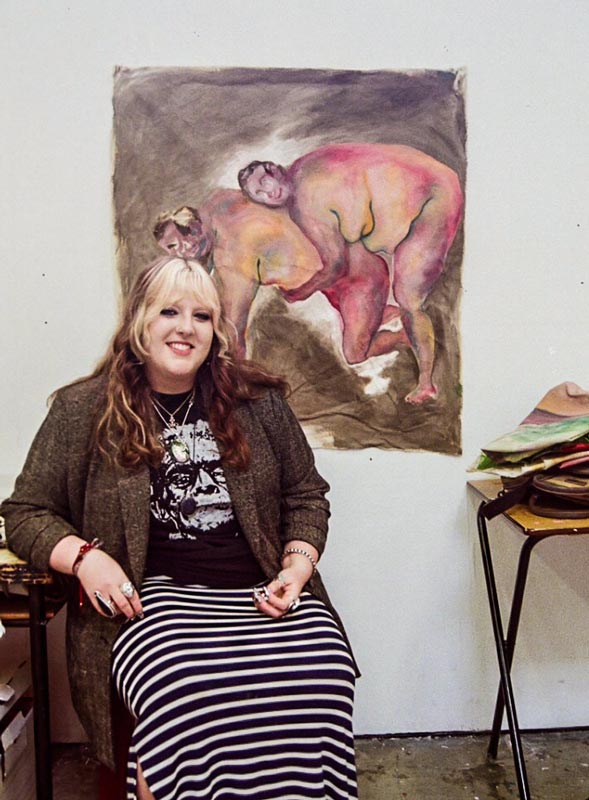


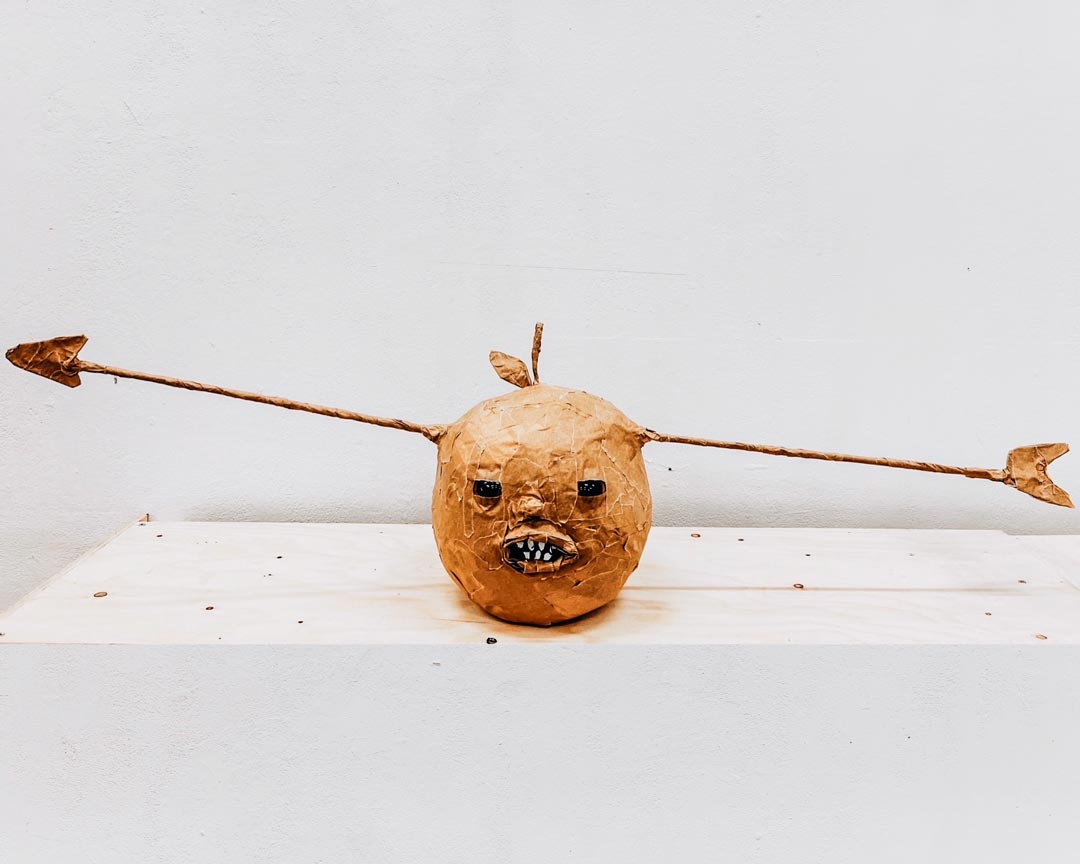
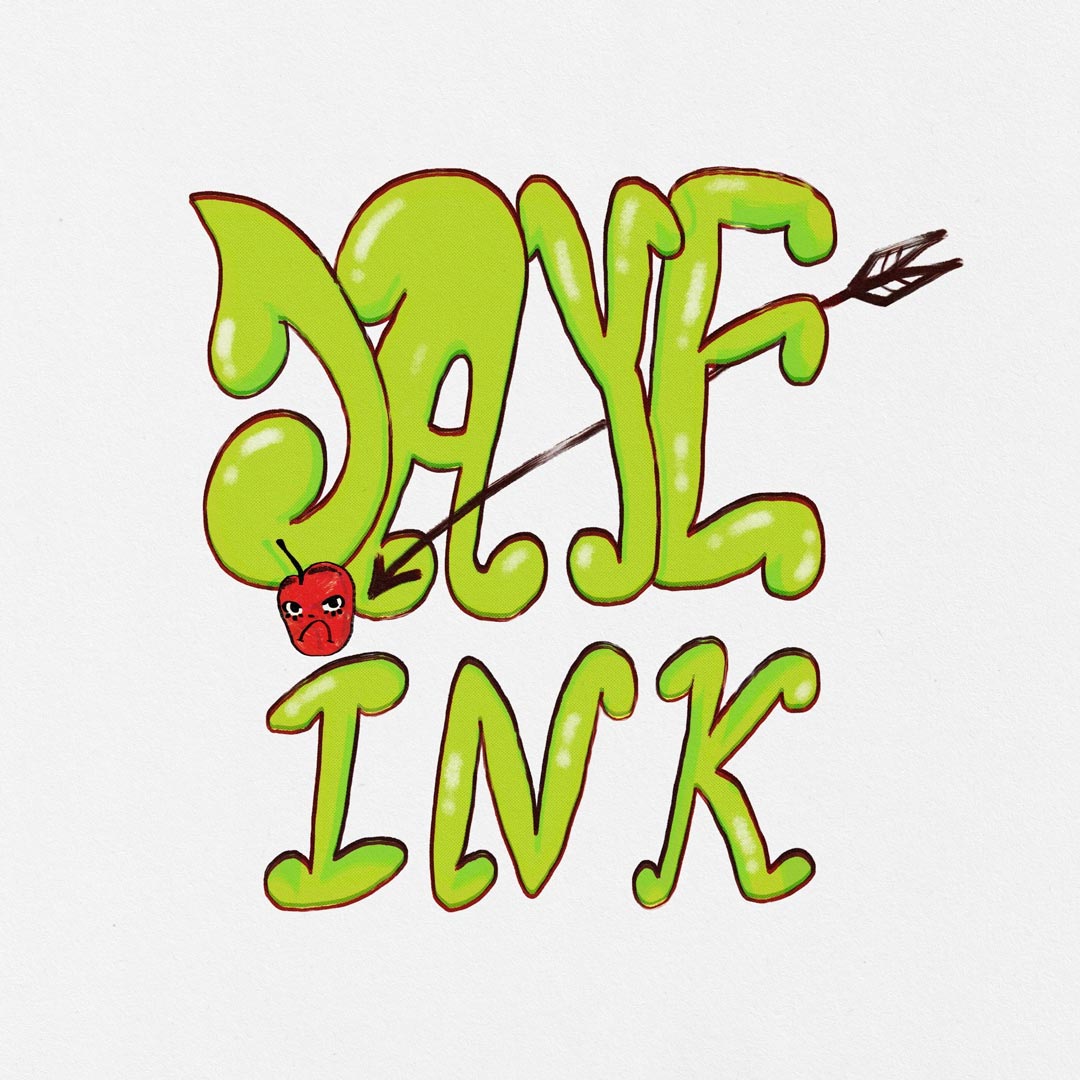


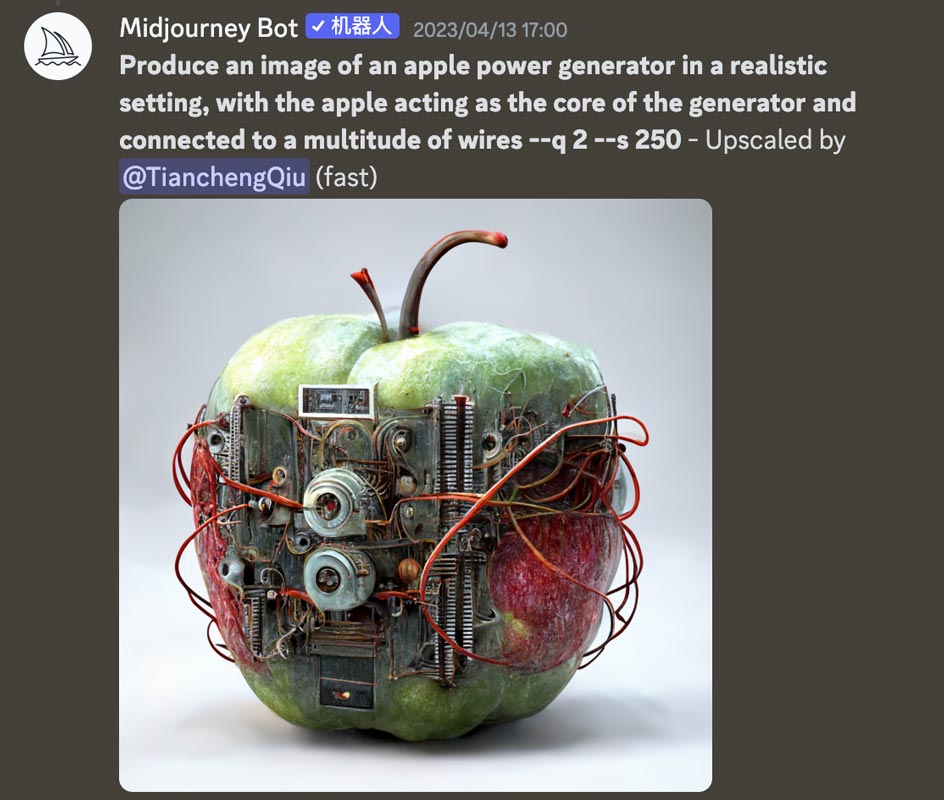




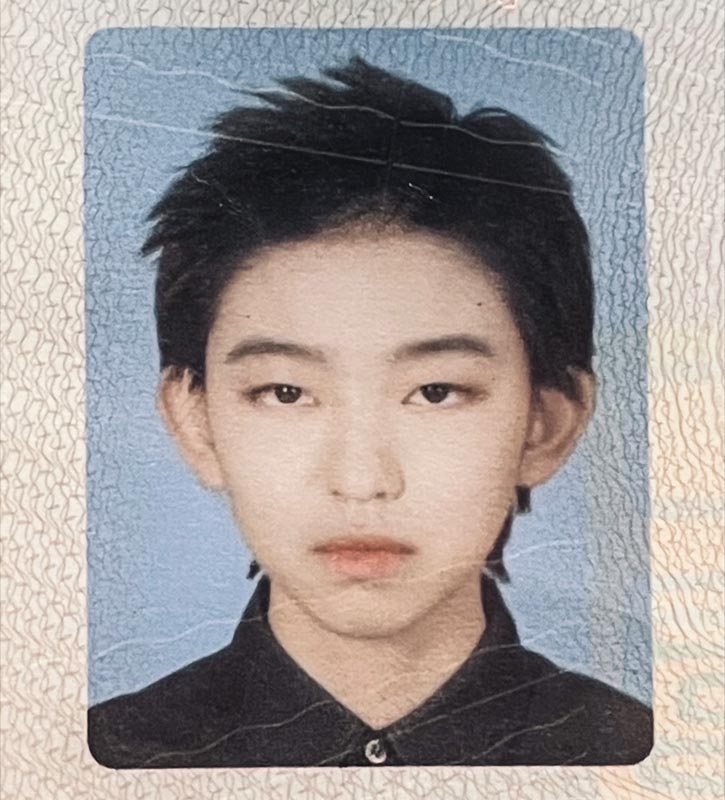
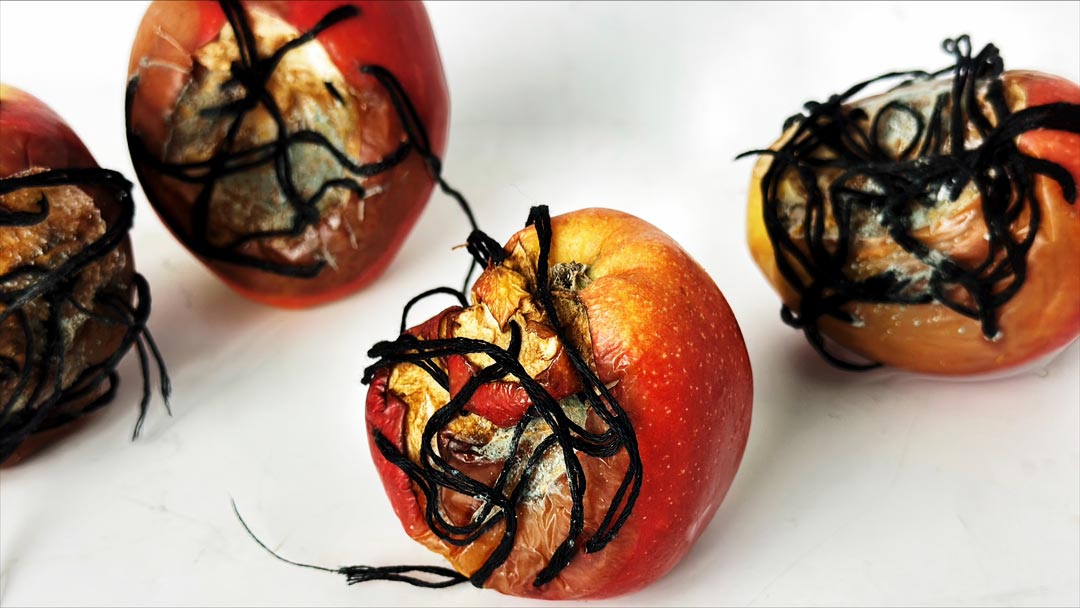


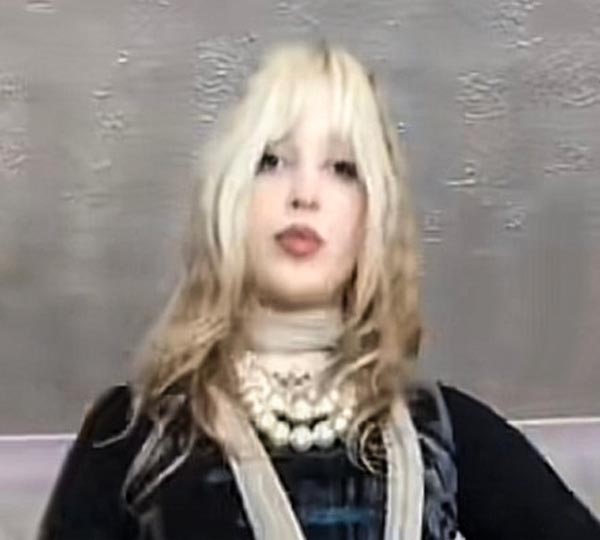




 Harold Edgerton – Bullet through apple (1964) © Courtesy of MITMuseum, Cambridge, Massachusetts, USA
Harold Edgerton – Bullet through apple (1964) © Courtesy of MITMuseum, Cambridge, Massachusetts, USA Origin of New York City’s Nickname “The Big Apple”
Origin of New York City’s Nickname “The Big Apple”